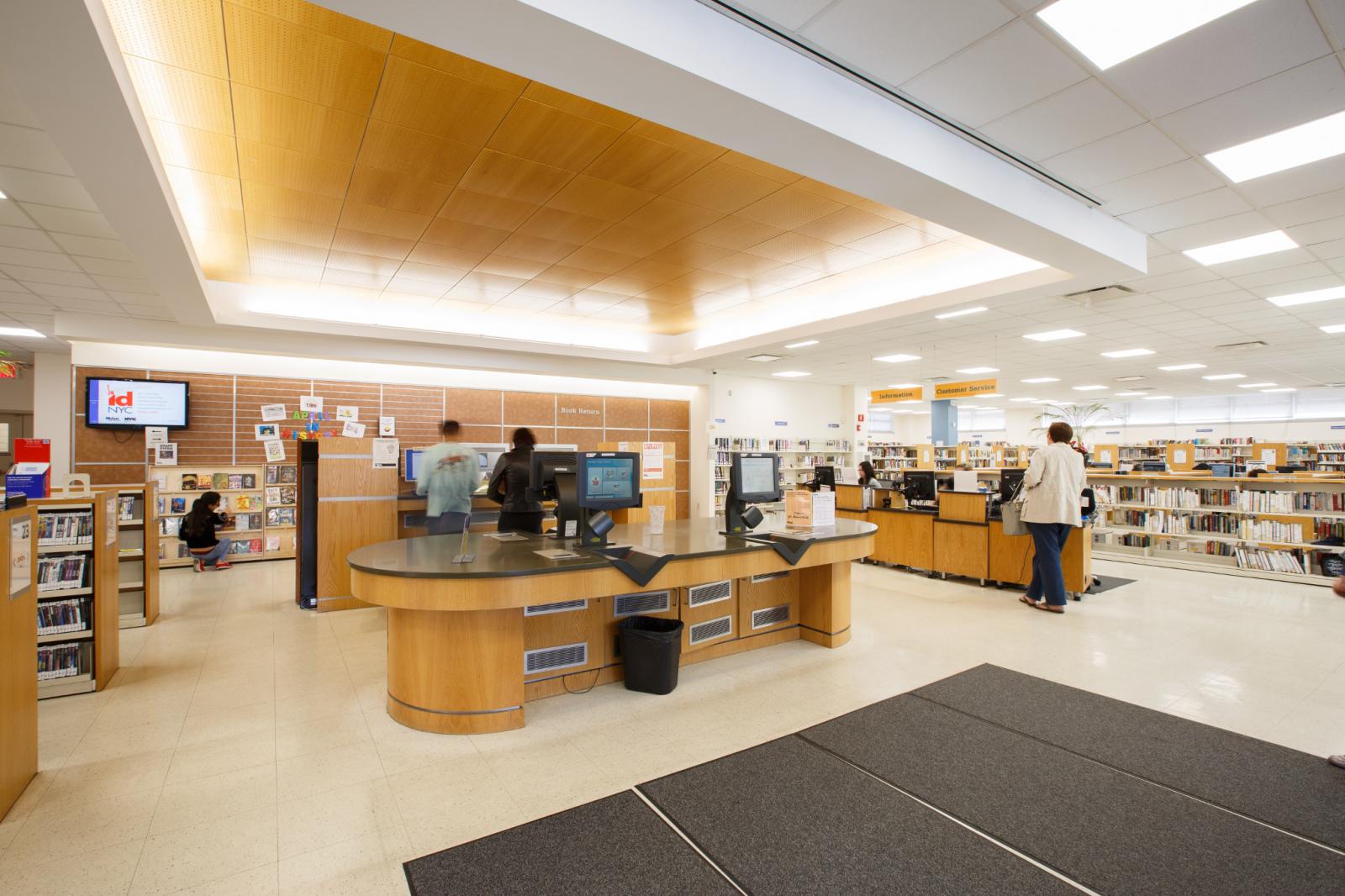As fall comes, two things turn my mind towards the idea of immigration. One is a Thanksgiving tradition of my aunt having a few too many glasses of wine and tearfully recounting the story of how my great grandparents ended up in New York from Ireland (if it is as she tells it, it is a good story, with my great grandfather running from the British because he drunkenly signed up for the IRA and being told by my great grandmother that men were after him and he had to flee the country, and then rescuing her when her fiance refused to sponsor her through Ellis Island a year later because he had fallen in love with another woman) while we all nod along. The second is a much less charming reason- fall means elections, and elections mean debates about immigration, especially immigration from countries in South America and the strife our current administration seems to be intent on putting them through, as well as the scare mongering about these same people some political entities drums up for their own gain in election and legislative or monetary support.
With these two things in mind, I spent an afternoon in the New York City Hall of Records, checking out the “We Are Brooklyn: Immigrant Voices” exhibit that they originally premiered at Guttman Community College, put together by the Brooklyn College Listening Project. It was smaller than I had expected, but the information was denser than I had expected as well. The posters generally told either pieces of legislative history of immigration reform or the stories of individual immigrants, and there were QR codes that people could use to listen to full interviews online. There was also a board where you could put pins in a map to show where your family had emigrated from, and what year range they came to America, which was a fun bit of interaction with the visitors. I would love to visit the display closer to the end of it’s run and see what some of the demographics that were visiting the exhibit were, and try and see what information can be found from that. This brought to mind our discussions our class had at the very beginning of the school year, about how people interacting with a text or with a set of information changes the set of information itself.
Because I went on a weekend and spent a while there listening to the multimedia presentations, I ran into a few more people who were also attending the exhibit. On the whole, most of the people there were not first generation immigrants themselves, which I found interesting. I was not extremely talkative with them (this was not a space conducive to lengthy conversation), but it seemed was primarily a group of people who were curious about hearing others speak (or reading summaries of the stories that other people gave, more on that in a minute) on things they had never experienced. It seems to be reaching a small group of people who are interested in local history and immigrant stories, which is not particularly unsurprising.
This exhibit really made me think of both the idea of archiving immigrant experiences and how that is best done, as well as the idea that there is no true neutrality that we have been discussing in class. I thought it was interesting that the main exhibition pieces were 6 foot tall boards with stories printed on them that were not the story of each person’s immigration as they said it. They were instead written in a third person narrative form, each following a fairly clear line and ending with the person living happily in Brooklyn to this day. These posters had some quotes from the interviewees sprinkled in, and they were a purely text based experience unless you went through the extra step of scanning the QR code and listening or visiting the website after the exhibit. This was obviously not done with malice, but I wonder how much that changed the story being told. It is rare that someone’s story is that open and shut or that narratively satisfying, and I wonder how much was left out in order to make the story fit both the narrative and the posterboard. The interviews are short but go into more depth, they feel a little less like a story and a little more real, but again, fewer people are going to go through the extra steps to listen to them. I wonder how much conscious choice went into that, the making of these experiences into neat little written stories. Is it in order to package them for people who are not direct immigrants and who grew up on stories of family histories of moving to America like my family (and many families like us) did? Is there a desire from the people being interviewed themselves to make their own narrative fit into the molds of the accepted immigration stories that are passed down in a lot of european households? Was the purpose of this exhibit simply to document stories, to act as a snapshot of an archive of more recent immigrant experiences? Or was there a political agenda as well.
There has been much discussion in our class through almost the whole semester about the fact that there is no real neutrality. In archiving, in organizing, in the management of information, there are always biases and there are almost certainly individual or group motivations that are not always stated. The last few posters in this exhibit talked directly about this presidential administrations’ acts against immigrants from South American countries, specifically. In that space, there was no attempt to be neutral or to try and defend the heinous actions of the administration, just a statement of what had been done as facts and what the consequences of those legislative moves have been for immigrants and migrants (and some US citizens who have been detained or threatened). The lack of an attempt at neutrality here, I think, is both the greatest strength of the exhibit while also being what will keep many people away. Stating the facts here is not neutral, putting a face to and humanizing what some are calling the “migrant threat” in order to justify what is happening to them is not neutral, but it is something that needs to be done. Not many people know about this project, it is not particularly well advertised. Those who may need to see it are in some ways the least likely to go to see it, precisely because it is not interested in playing both sides and maintaining an idea of neutrality by masking facts.


